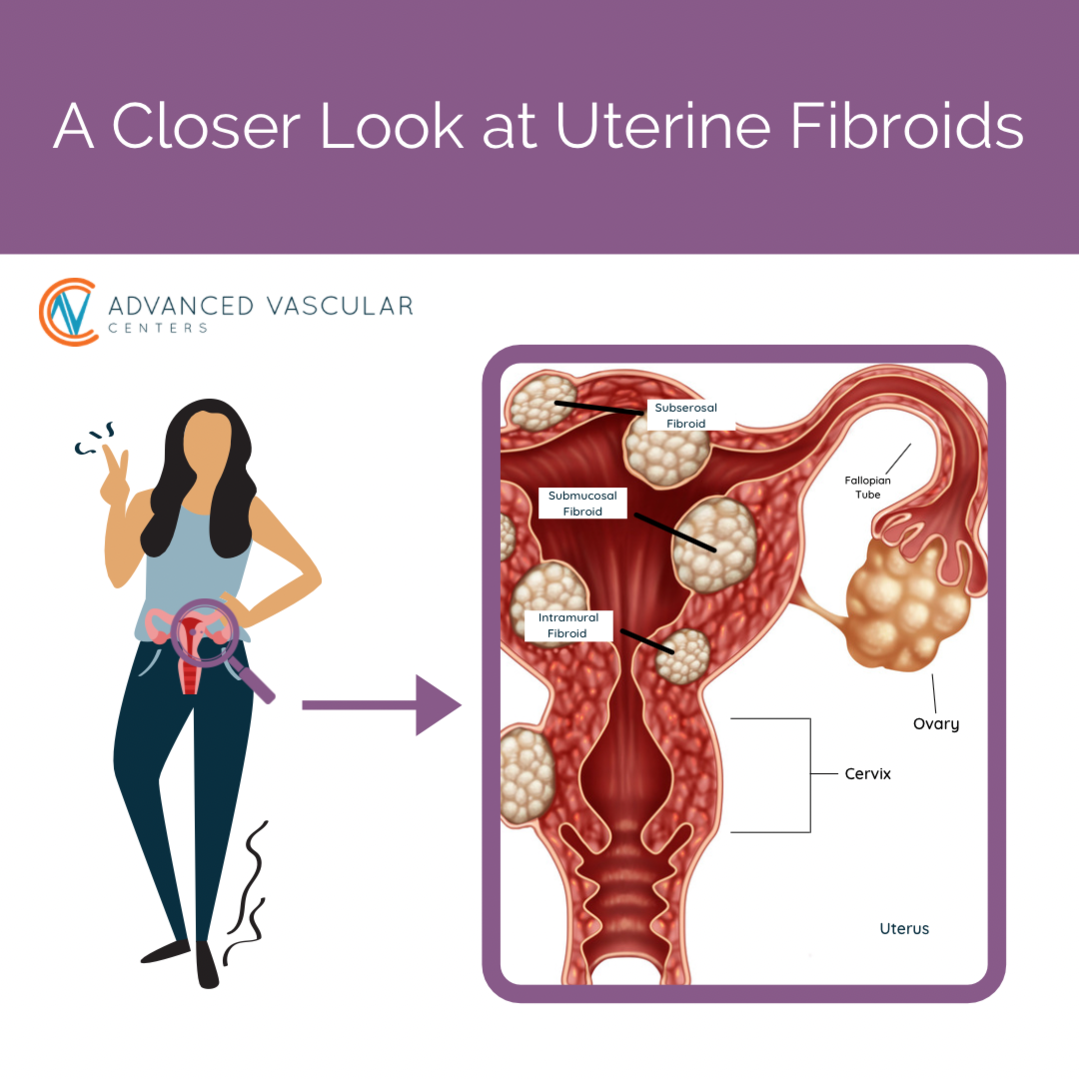FISTULOGRAMIS
A fistulogram is a diagnostic imaging procedure used to evaluate the function and integrity of an arteriovenous fistula (AV fistula) or arteriovenous graft (AV graft) used for hemodialysis access. This article explores the indications, procedure, benefits, risks, and post-procedural care associated with fistulograms.
Contact AVC to see if you are a candidate for Fistulogram.
Overview of Fistulogram
An AV fistula or AV graft is a surgically created connection between an artery and a vein, typically in the arm, used for hemodialysis access. Over time, these access sites can develop stenosis (narrowing) or thrombosis (clotting), which can compromise blood flow and the effectiveness of dialysis treatments. A fistulogram is performed to evaluate the patency (openness) of the access site and identify any abnormalities that may require intervention.
Indications for Fistulogram
A fistulogram may be indicated in patients with:
- Decreased blood flow through the AV fistula or AV graft
- Difficulty achieving adequate dialysis or frequent clotting of the access site
- Signs or symptoms of stenosis or thrombosis, such as arm swelling or pain
Benefits of Fistulogram
- Early Detection: A fistulogram can detect stenosis or thrombosis in the AV fistula or AV graft early, allowing for timely intervention to prevent complications.
- Improved Dialysis Outcomes: By identifying and treating access site abnormalities, fistulograms can help improve blood flow and the effectiveness of dialysis treatments.
- Minimally Invasive: Fistulograms are minimally invasive procedures that can be performed on an outpatient basis, with minimal discomfort and short recovery times.
Post-procedural Care
After a fistulogram, patients are typically monitored for a short period before being discharged. They are advised to:
- Keep the access site clean and dry
- Avoid strenuous activities for a few days
- Follow up with their healthcare provider for further evaluation and treatment if needed
A fistulogram is a valuable diagnostic tool used to evaluate the function and integrity of AV fistulas and AV grafts used for hemodialysis access. By detecting and treating access site abnormalities early, fistulograms can help improve dialysis outcomes and prevent complications in patients with end-stage renal disease.
The Fistulogram Procedure
- Pre-procedure Assessment: The patient’s medical history is reviewed, and a physical examination is performed to assess the function of the AV fistula or AV graft.
- Informed Consent: The procedure is explained to the patient, including its purpose, potential risks, and benefits, and informed consent is obtained.
- Preparation: The patient is positioned comfortably on the imaging table, and the skin over the access site is cleaned and sterilized. Local anesthesia may be used to numb the area.
- Catheter Insertion: A catheter is inserted into the access site and guided to the area of interest using fluoroscopy or ultrasound guidance.
- Contrast Injection: A contrast dye is injected through the catheter into the access site, and X-ray images are taken to visualize the blood vessels and identify any stenosis or thrombosis.
- Evaluation: The radiologist evaluates the images to assess the patency of the access site and identify any abnormalities that may require intervention.
- Intervention: If stenosis or thrombosis is identified, additional procedures such as angioplasty or thrombectomy may be performed during the same procedure to improve blood flow.
Risks and Complications
While fistulograms are generally considered safe, they carry certain risks, including:
- Allergic reactions to the contrast dye
- Infection at the access site
- Bleeding or hematoma formation
- Dislodgement of the catheter
FAQS
Why is a fistulogram done?
A fistulogram is done to assess the patency (openness) of an AV fistula or AV graft and identify any stenosis (narrowing) or thrombosis (clotting) that may be affecting blood flow and the effectiveness of dialysis treatments.
Is a fistulogram painful?
A fistulogram is typically not painful, as local anesthesia is used to numb the area where the catheter is inserted. Some patients may experience mild discomfort or pressure during the procedure.
How long does a fistulogram take?
A fistulogram usually takes about 30 to 60 minutes to complete, although the exact duration may vary depending on the complexity of the case.
What happens after a fistulogram?
After a fistulogram, patients are typically monitored for a short period and then discharged. They are advised to keep the access site clean and dry and to avoid strenuous activities for a few days.
How often should a fistulogram be done?
The frequency of fistulograms depends on the individual patient’s condition and the recommendations of their healthcare provider. In general, fistulograms may be done periodically to monitor the function of the AV fistula or AV graft.
Can a fistulogram be used to treat stenosis or thrombosis?
In some cases, a fistulogram can be used to treat stenosis or thrombosis by performing additional procedures such as angioplasty or thrombectomy during the same procedure.




